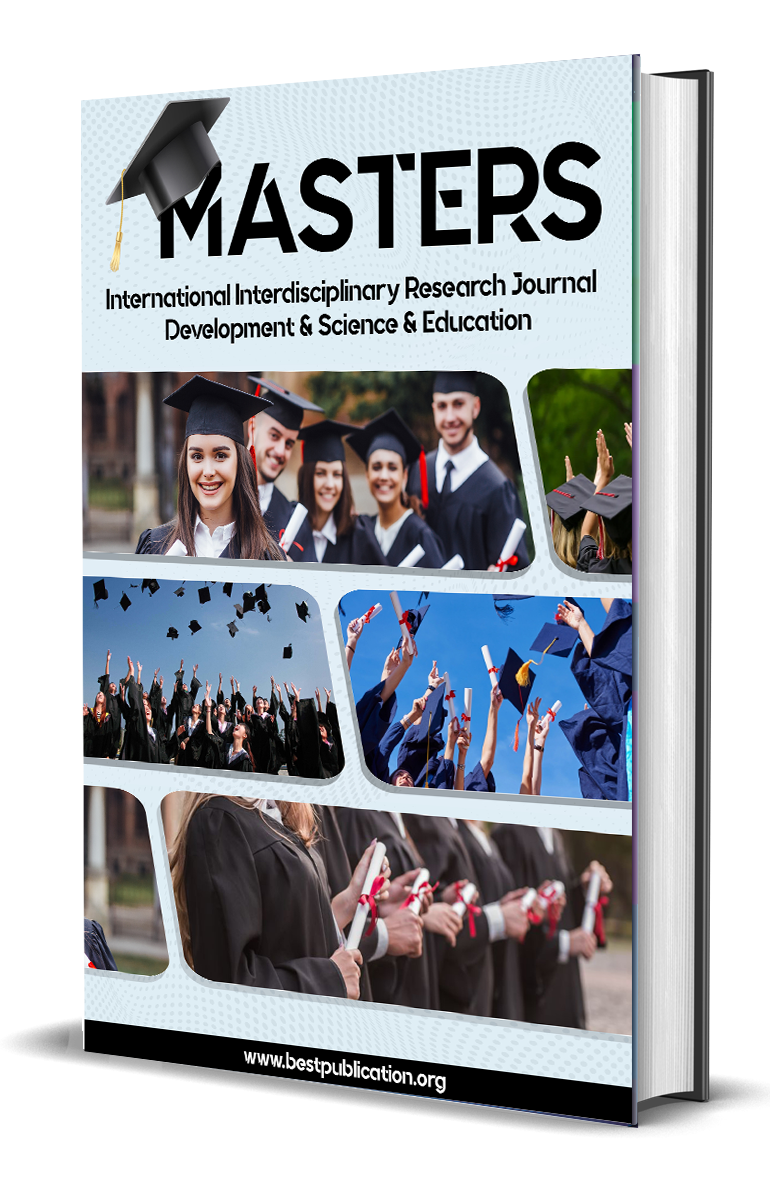RESEARCHES ON WAYS OF IMPROVING STUDENT'S SELF-CONFIDENCE
Keywords:
Self-confidence, learning experience, foreign language, language teaching policy, improving students’ learning, successful students.Abstract
If self-confidence is when teaching a foreign language, they will contribute to the improvement of pronunciation skills, introduce students to the culture of the language being studied, and make the learning process more interesting and entertaining. This article focuses on these aspects.
References
Dujmović, M., & Vitasović, A. (2009). Self-confidence as a means to fight back children’s commercial television viewing. Journal of Language, Individual and Society, 3(1), 50-59.
Harmer, J. (2007). The practice of English language teaching. Pearson Longman.
Henniger, M. L. (2013). Teaching young children : An introduction, Boston:, 2013, 5th Edition.
McKay, S. L., Hu, G., & Renandya, W. A. (2012). Principles and practices for teaching English as an international language (Vol. 711). L. Alsagoff (Ed.). New York: Routledge.
Jones, Daniel. (1966). The Pronunciation of English. London New York: Cambridge University Press, 4.
Mart, C. T. (2012). Encouraging Young Learners to Learn English through Stories. English Language Teaching, 5(5), 101-106.
Nunan, D & Ronald C.(2001). Teaching English to Speakers of Other Languages. New York :Cambridge University Press,16.
Peck, J. (1989). Using self-confidence to promote language and literacy development. The Reading Teacher, 43(2), 138-141.
Richards, J. C., & Richards, J. C. (1990). The language teaching matrix. Cambridge university press.





